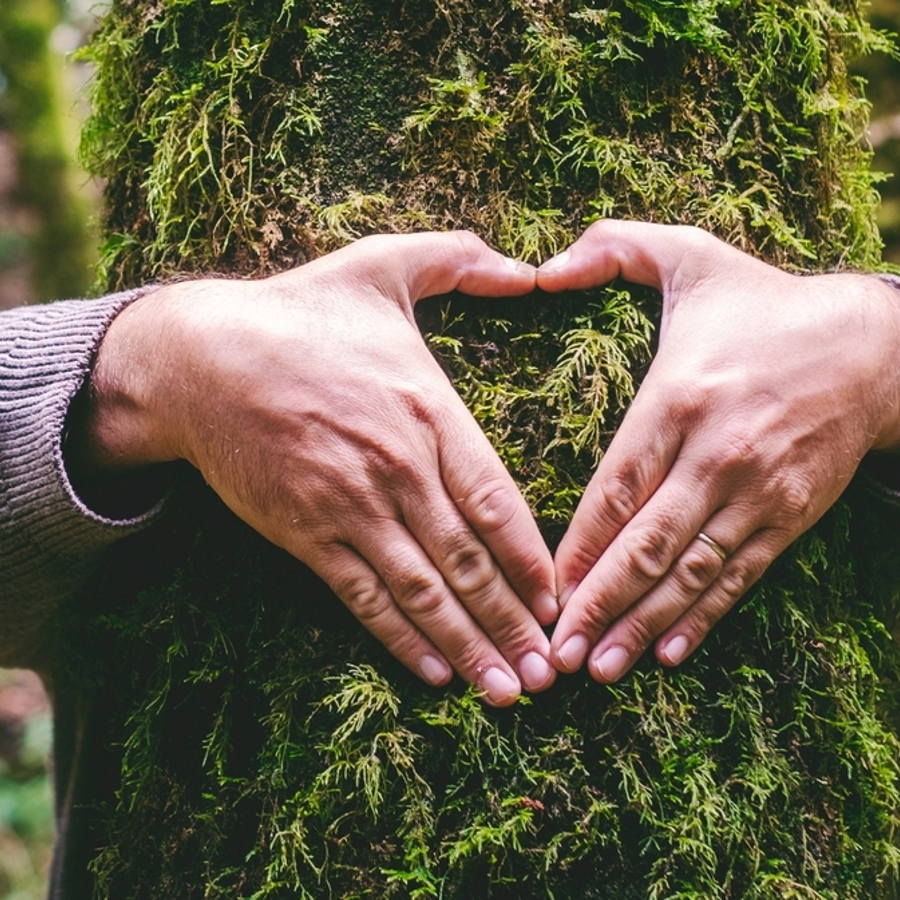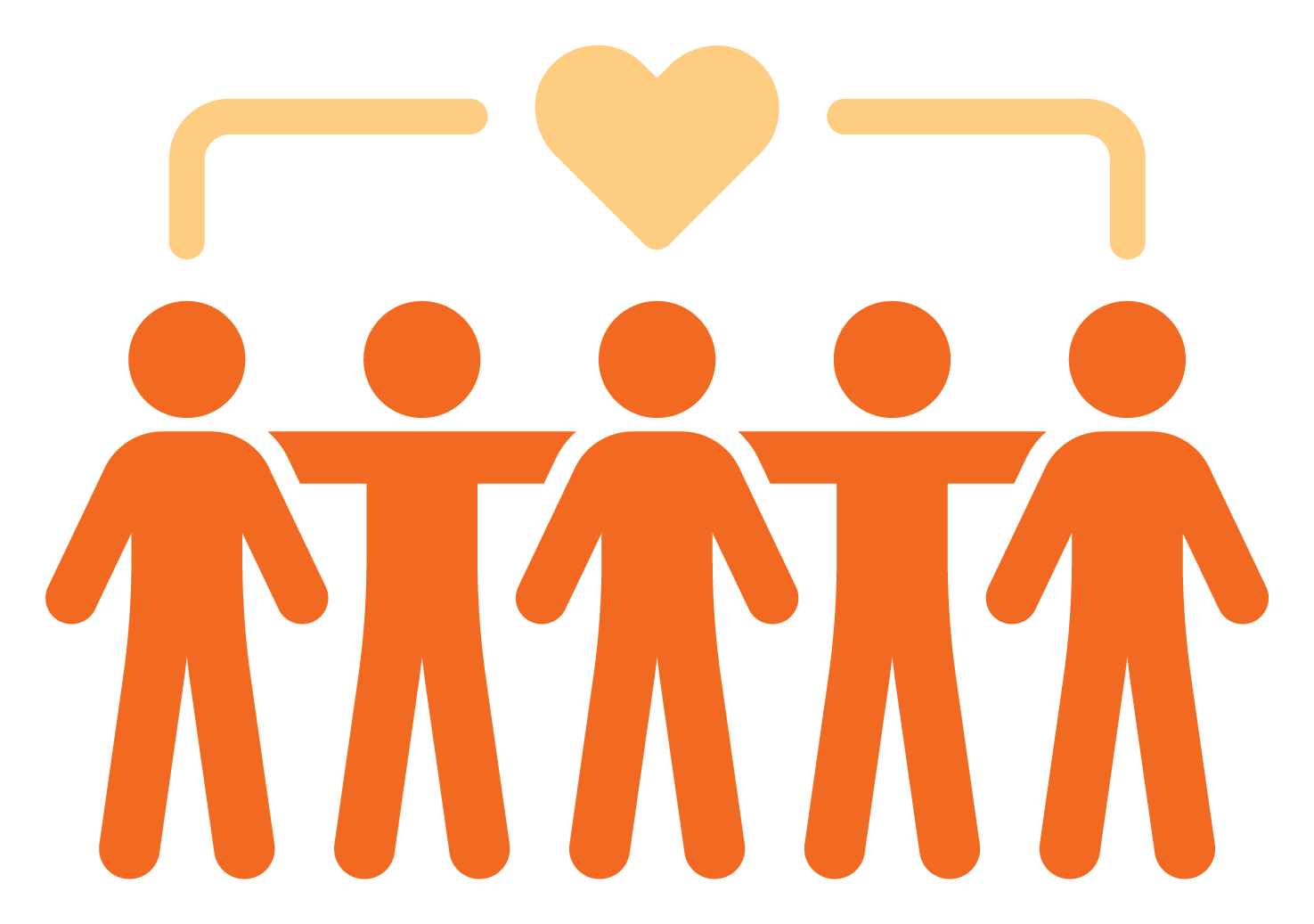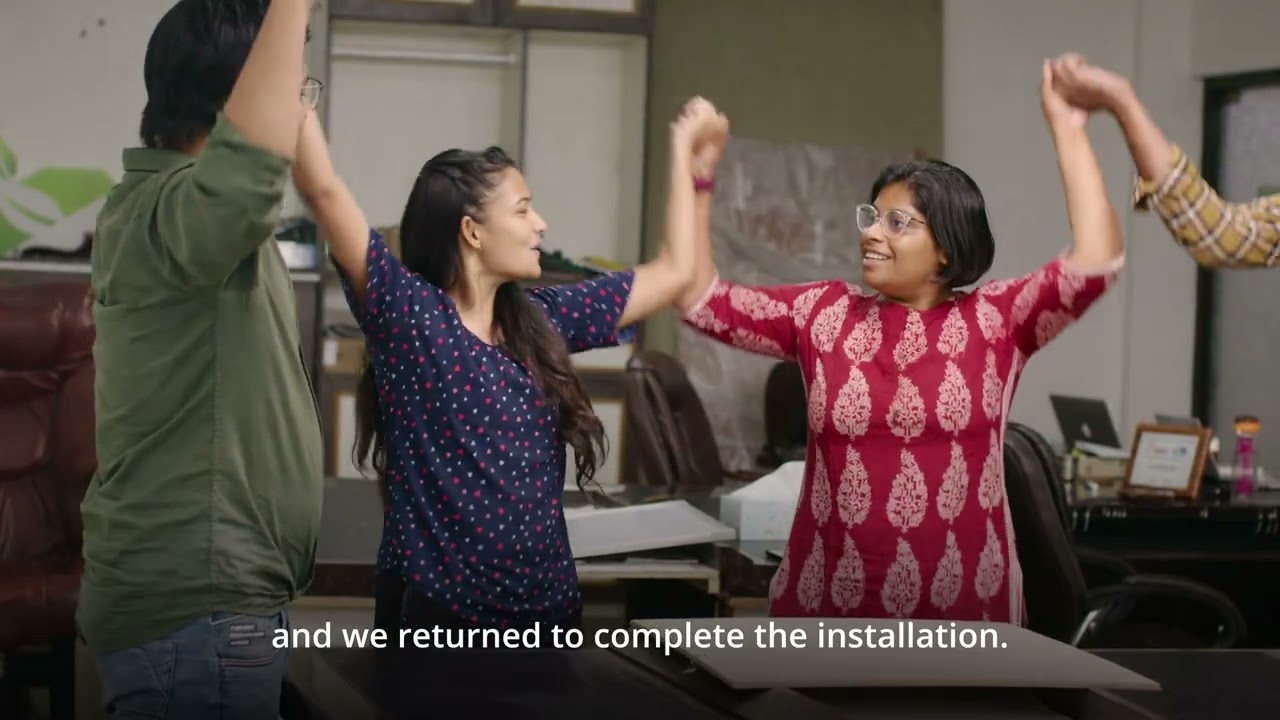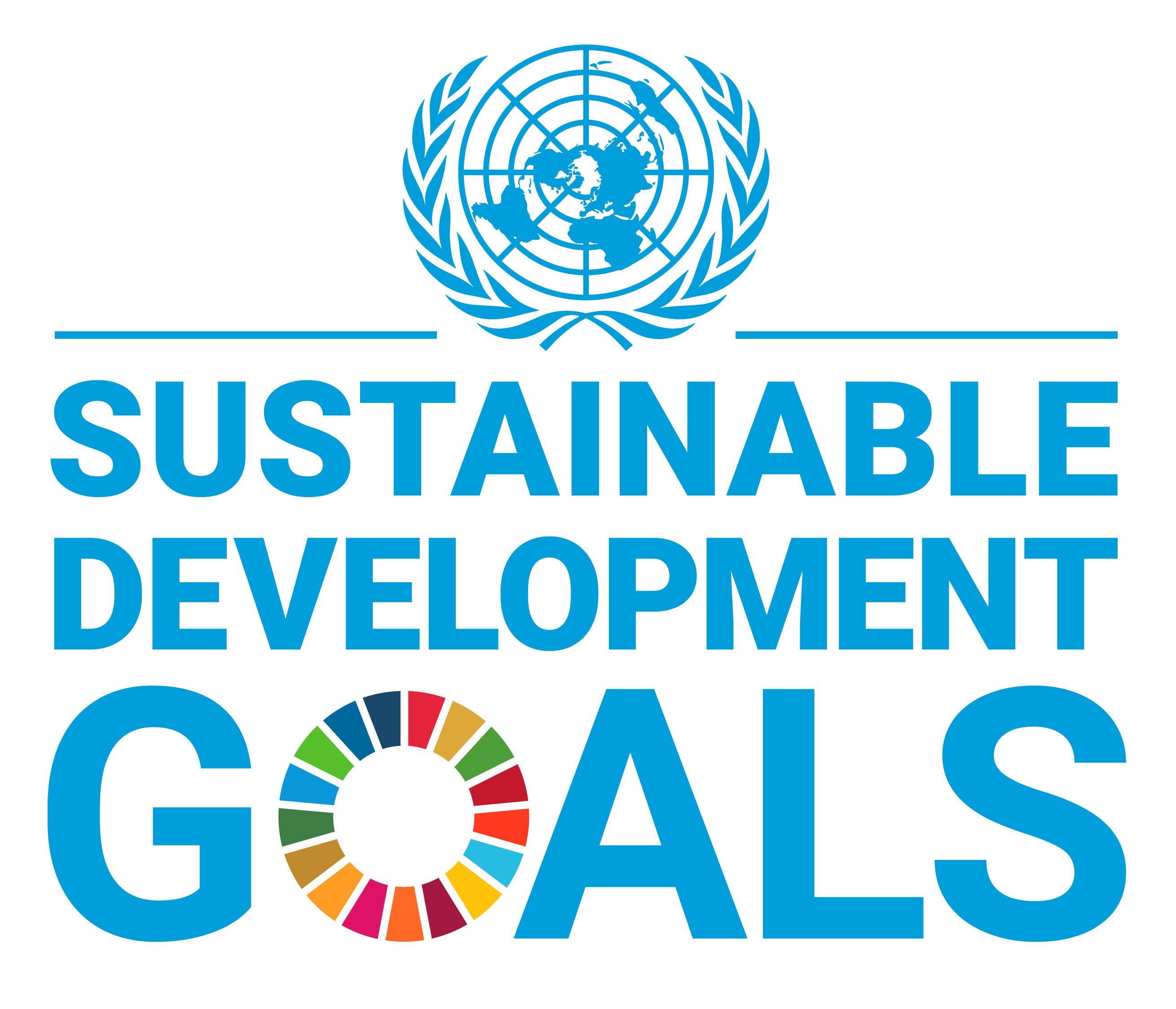
Navigating Emotions about Climate
Building Resilience and Hope

The emotional impact of climate change is real, ranging from anxiety and grief to empowerment and hope. Teachers can guide students in navigating these emotions while building climate resilience and a sense of agency by making connections to nature, fostering hope, and taking action.
Connecting with Nature
 Providing students opportunities to interact with nature can reduce overall stress levels and help them manage their emotions about climate.
Providing students opportunities to interact with nature can reduce overall stress levels and help them manage their emotions about climate.
![]() Idea: Have students spend time in nature during “Outdoor Mindfulness” sessions. These can include journaling, observing their surroundings, and reflecting on their emotional response to time spent outdoors.
Idea: Have students spend time in nature during “Outdoor Mindfulness” sessions. These can include journaling, observing their surroundings, and reflecting on their emotional response to time spent outdoors.

Elementary Teaching Strategies
Tools and resources to help students reflect on their emotions connected with climate issues and take action to reduce anxiety. Find useful teaching strategies from CLEAN (Committed to Climate and Energy Education).

Lead Outdoor Science Experiences
Hands-on activities from BEETLES (Better Environmental Education, Teaching, Learning & Expertise Sharing). These resources encourage students to engage with nature and build a relationship with their local environment.

Flipping Through Nature
Nature-based learning improves mental health and fosters a connection to the natural world that helps build climate resilience. These card decks from The Lawrence Hall of Science provided guides for outdoor exploration and reflection.

Nature Journaling
Nature journaling encourages students to pause, recognize, and record the wonder and beauty in the natural world. This free PDF on how to Teach Nature Journaling from John Muir Laws includes hands-on activities that connect art, science, math, and critical thinking.

Community Science
Learn about the flora and fauna around you while also contributing to our collective understanding of the natural world.
Explore these examples of ways to get involved in your local area.
Fostering Hope
![]() Sharing inspiring examples of solutions that are showing positive impacts on climate change can foster hope for the future.
Sharing inspiring examples of solutions that are showing positive impacts on climate change can foster hope for the future.
![]() Idea: Have students create a “Hope Wall” where they post positive stories and actions that give them hope for the future.
Idea: Have students create a “Hope Wall” where they post positive stories and actions that give them hope for the future.

The Tech for Global Good
The Tech for Global Good program celebrates innovators using technology to tackle big problems. The videos and classroom lesson plans include stories of organizations developing sustainable solutions.

Project Drawdown
Find inspiration on a smaller, local scale in Project Drawdown’s library of stories. Watch videos to learn about diverse climate heroes who are working to stop climate change quickly, safely and with equity in mind.

Jane Goodall-Reasons for Hope
Drawing on decades of work by the world’s most famous living ethologist and environmentalist, Jane Goodall-Reasons for Hope film, is an uplifting journey around the globe to highlight good news stories that will inspire people to make a difference in the world around them.
Viewable in The Tech Interactive’s IMAX Dome theater and other giant screen theaters.
Taking Action
![]() No one can do everything to combat climate change, but everyone can do something.
No one can do everything to combat climate change, but everyone can do something.
![]() Idea:When struggling with anxious feelings, it can be helpful to focus on the present moment. Support students to plan reasonable, local action like starting a class campaign to pick-up 3 pieces of trash each day or contacting city hall to learn about city policies around climate change prevention.
Idea:When struggling with anxious feelings, it can be helpful to focus on the present moment. Support students to plan reasonable, local action like starting a class campaign to pick-up 3 pieces of trash each day or contacting city hall to learn about city policies around climate change prevention.

Youth Led
Youth-led climate action groups are student-driven movements that advocate for climate resolutions in K–12 schools, lead community sustainability efforts, and help shape legislation through organizing and activism. They are vital for raising awareness, driving local change, and empowering the next generation to lead a more sustainable future.

Local Efforts
Project Regeneration has created a website to help students look at climate change action at the biome level. In its library, students can see hopeful stories and then create a “punch list” of actions for themselves or their community.

Global Goals
The Sustainable Development Goals (SDGs) were adopted by the United Nations in 2015. They are an urgent call for action by all countries - developed and developing - to address interconnected issues including poverty, education, health, and climate change.
Facilitating Climate Conversations
![]() Resources for addressing questions and discussing issues.
Resources for addressing questions and discussing issues.
![]() Idea: Host a “Climate Debate” where students research different perspectives on a climate issue and present evidence-based arguments.
Idea: Host a “Climate Debate” where students research different perspectives on a climate issue and present evidence-based arguments.
Climate Anxiety
Force of Nature has developed a Climate Anxiety Discussion Guideand toolkit for educators. This resource designed by young people provides support for navigating strong feelings and fostering emotional resilience.
Climate Controversy
Discussing differing ideas about climate can lead to more curiosity and opportunities for practicing critical thinking. This article from CLEAN provides strategies for managing climate change discourse.
Climate Communication
Spark meaningful conversations between kids, families, and communities about climate change. By talking together, we build understanding, strengthen local connections, and empower young people to navigate emotions, misinformation, and inspire hope.
Climate Justice
Climate justice recognizes that the impacts of climate change are not equally distributed. Marginalized communities often face the greatest challenges and negative impacts. Teaching about climate justice helps students understand the ethical and social dimensions of climate solutions.
Climate Storytelling
Climate change can feel complex or distant, especially in the classroom. Sharing personal stories helps bring it closer to home by putting facts into context. Through storytelling, we can explore how climate change connects to our lives, communities, and the things we care about most, including our futures.
 Skip Navigation
Skip Navigation
